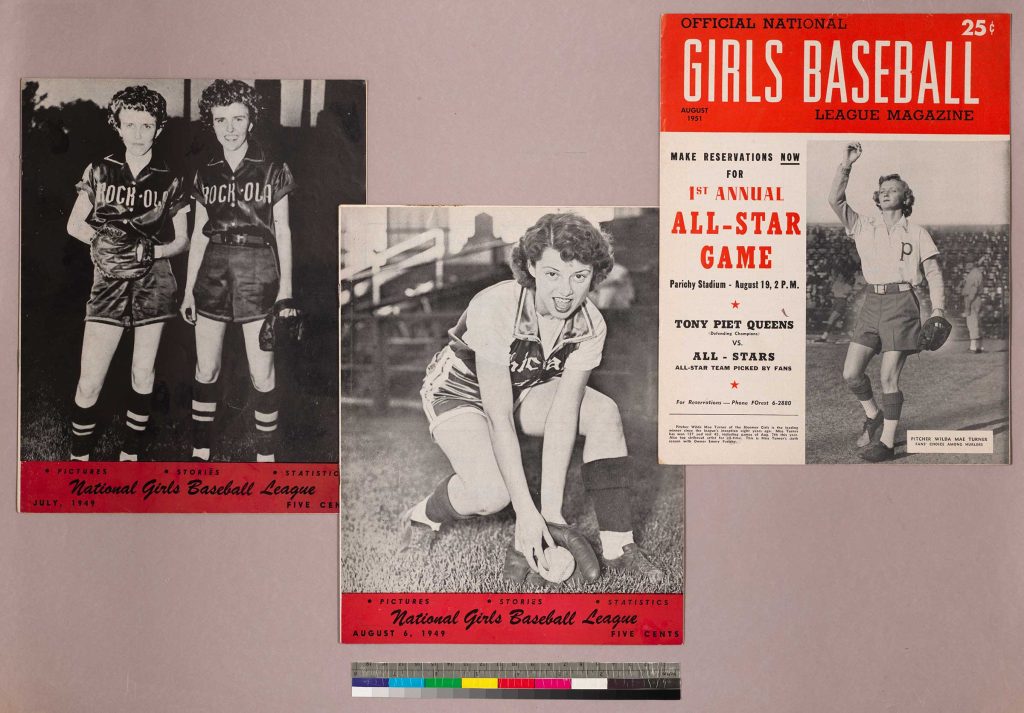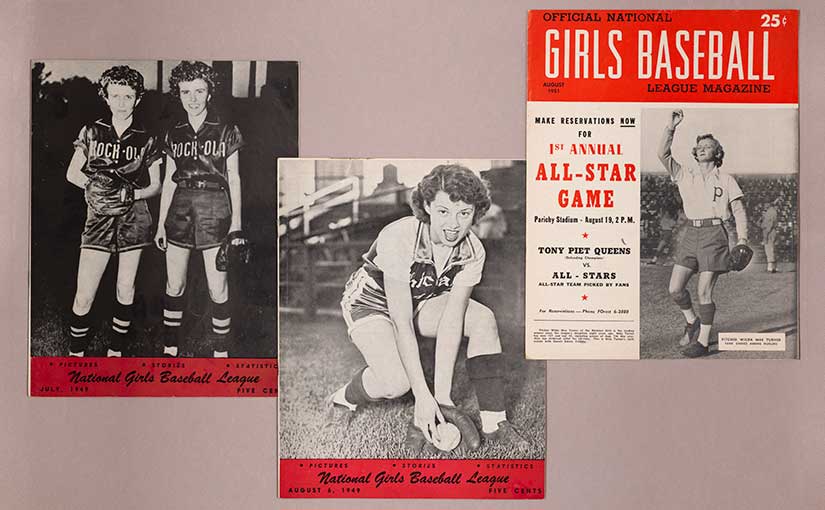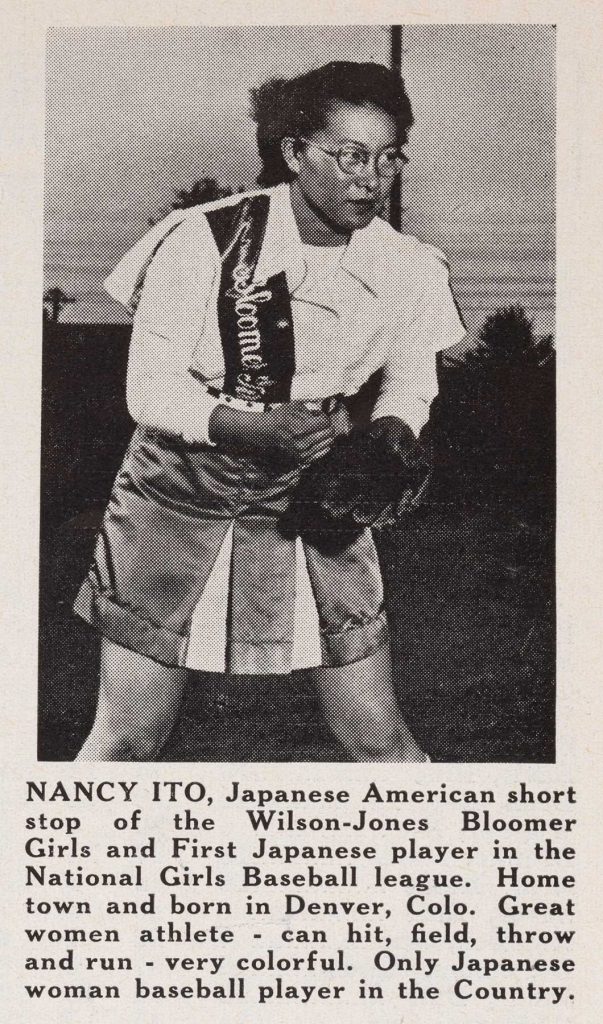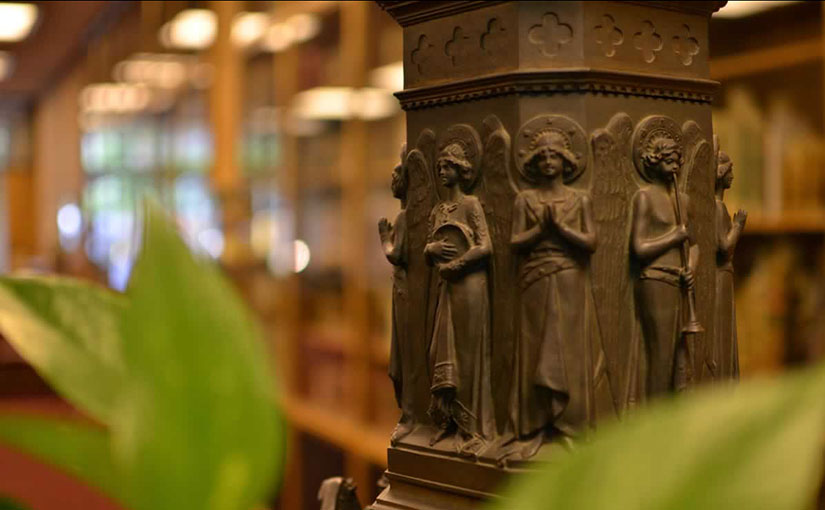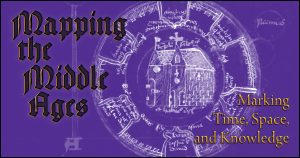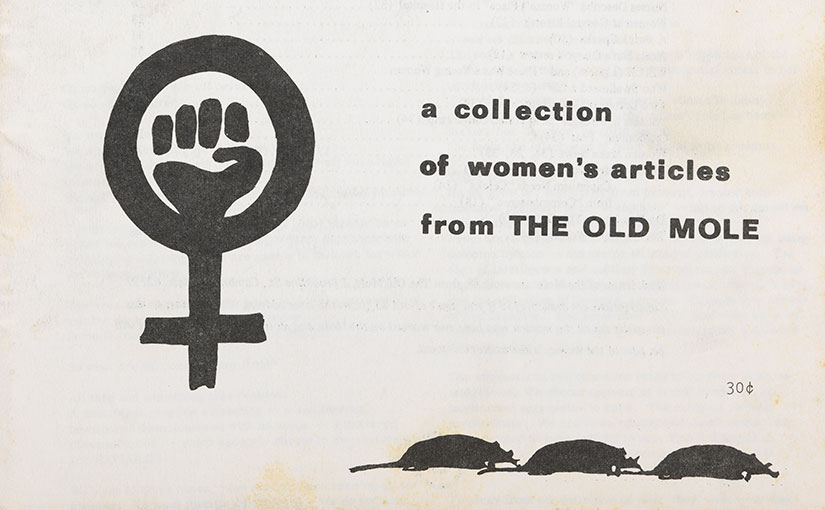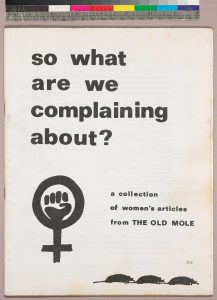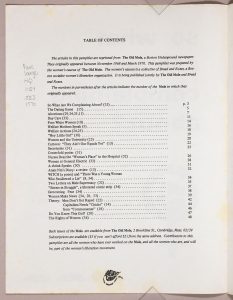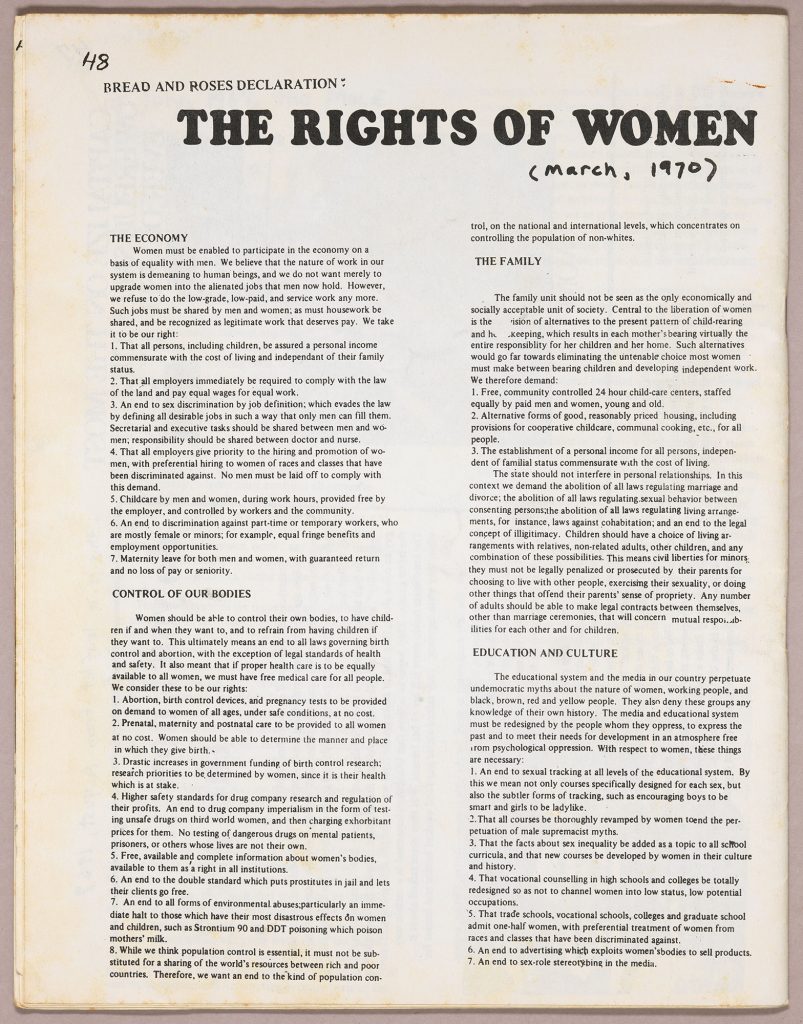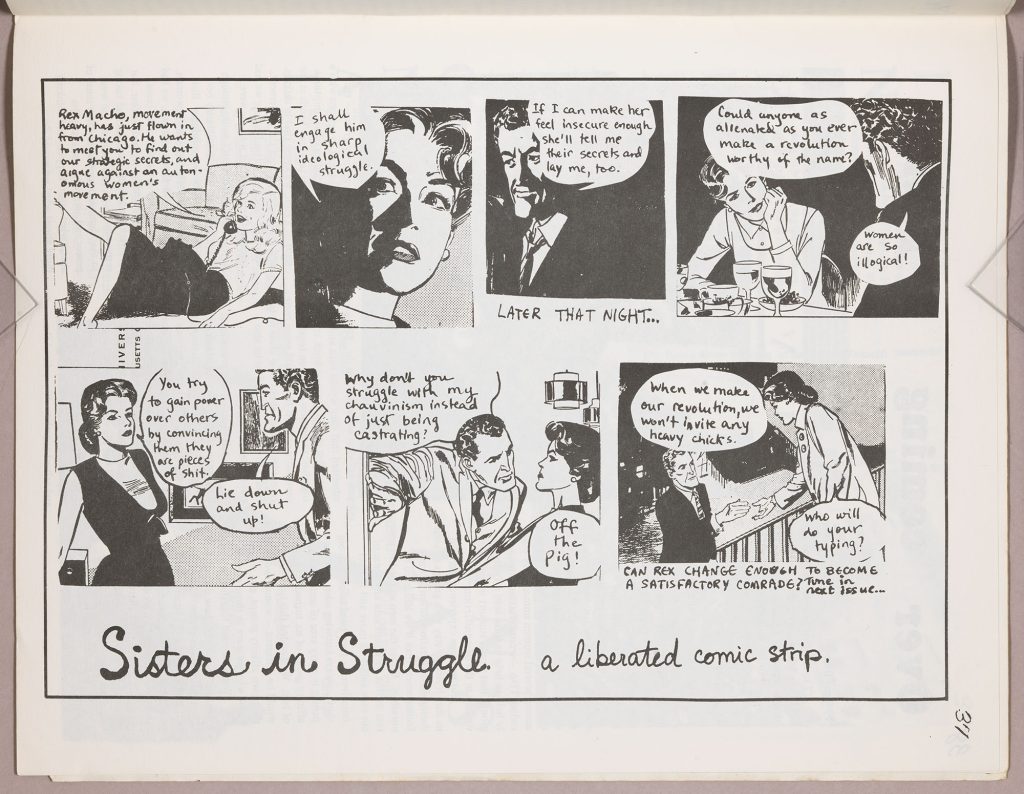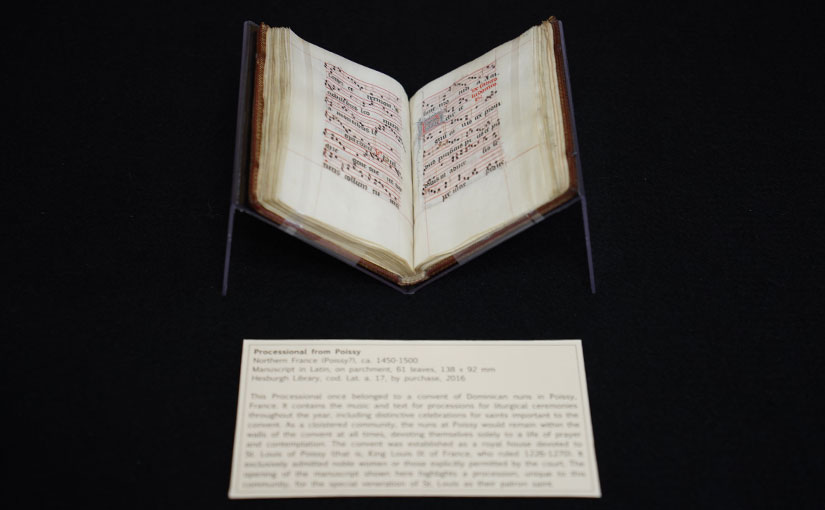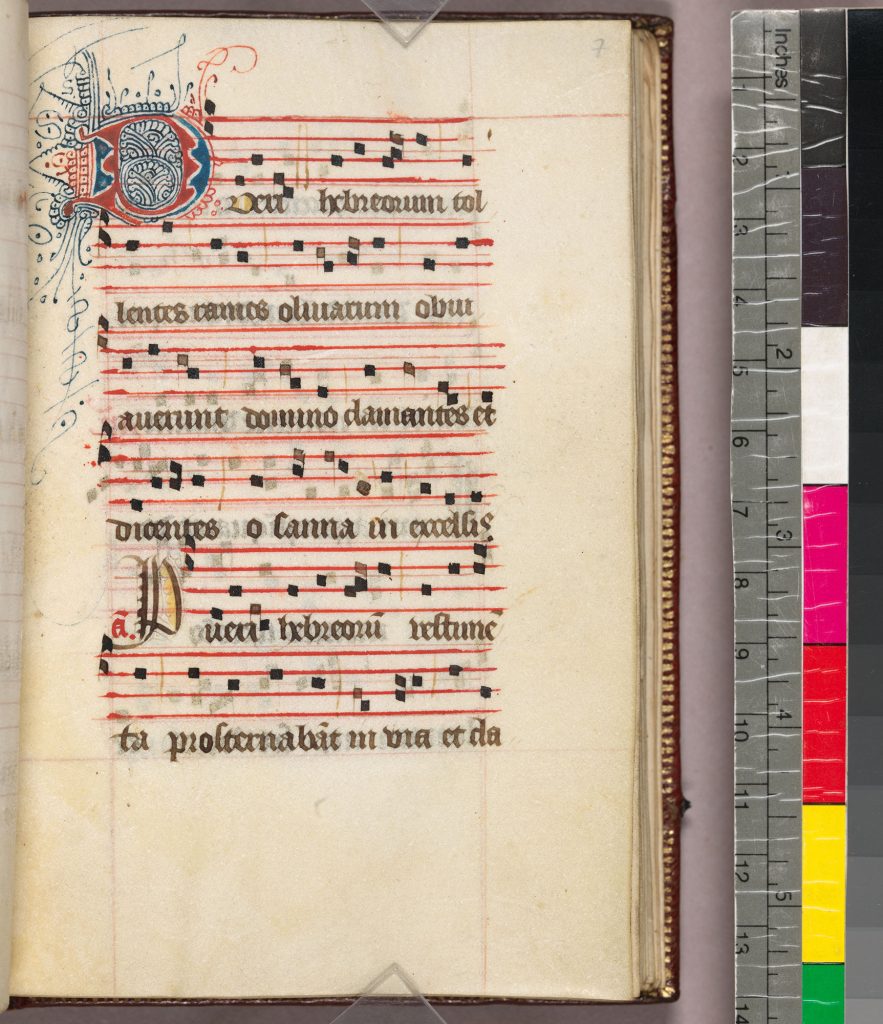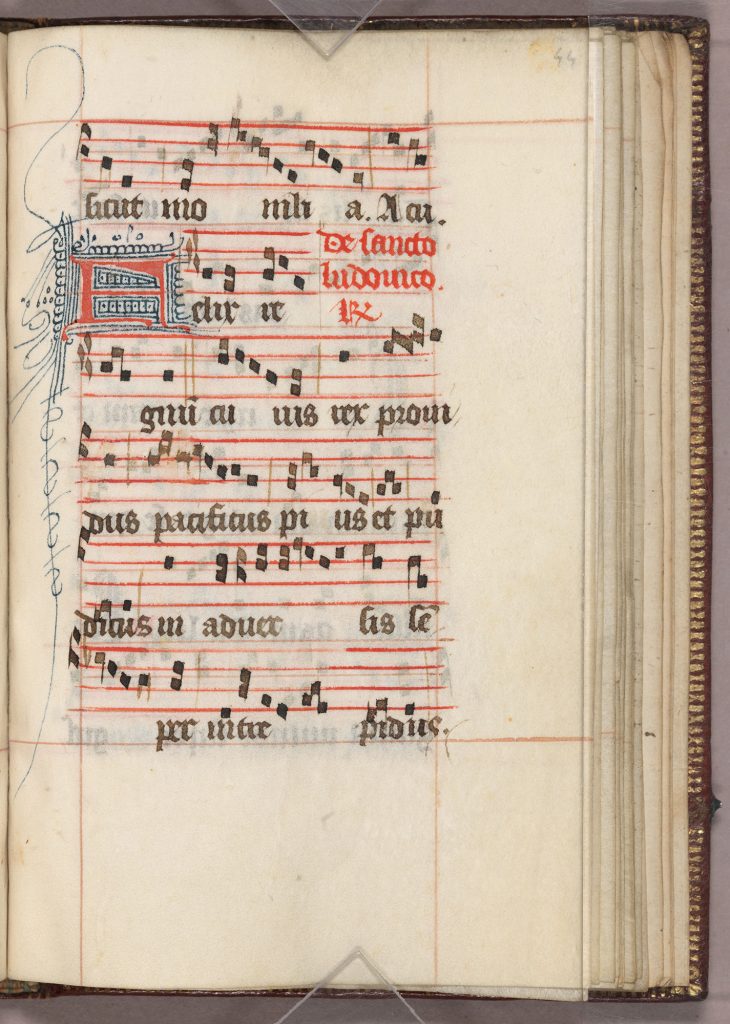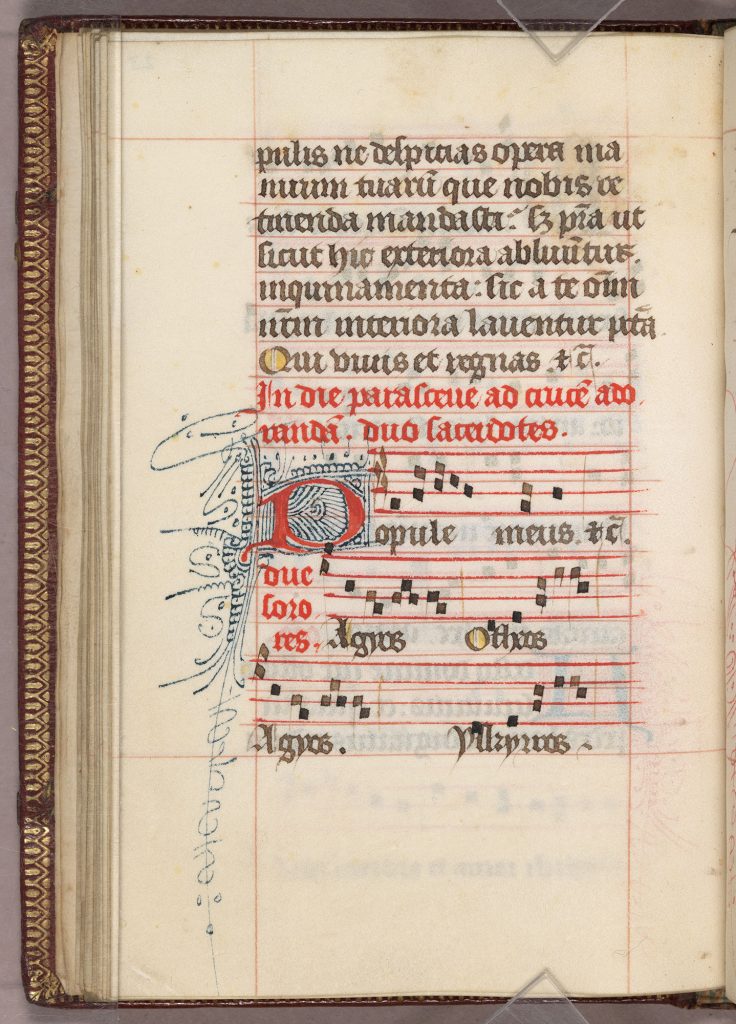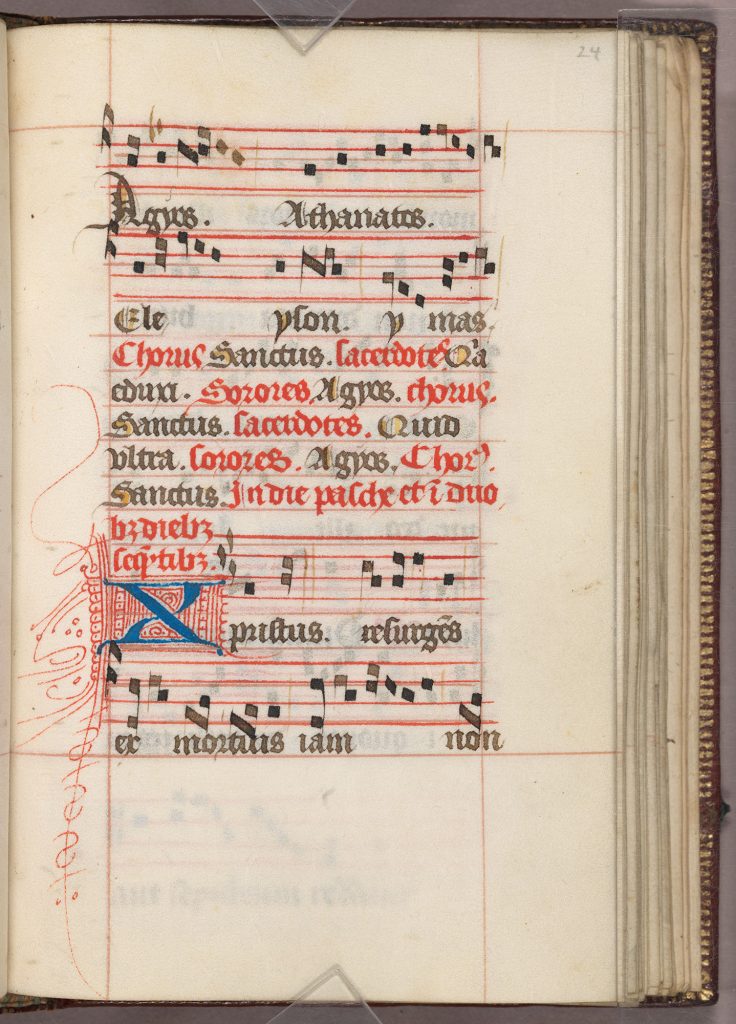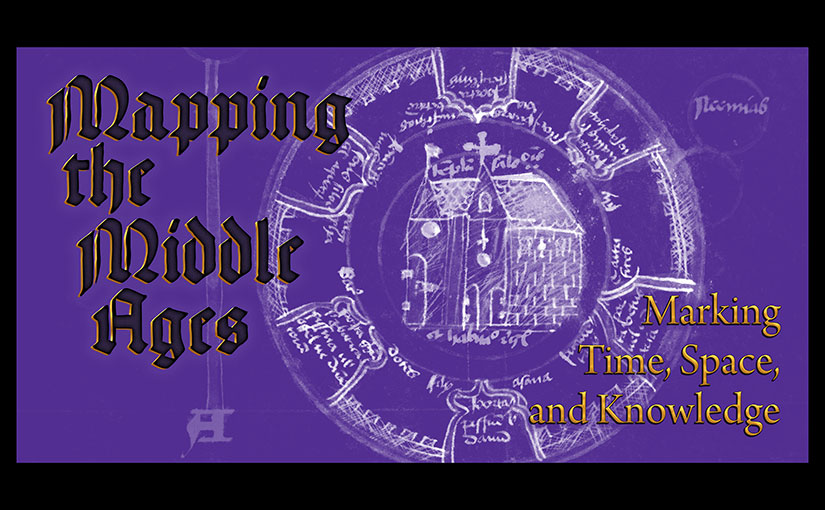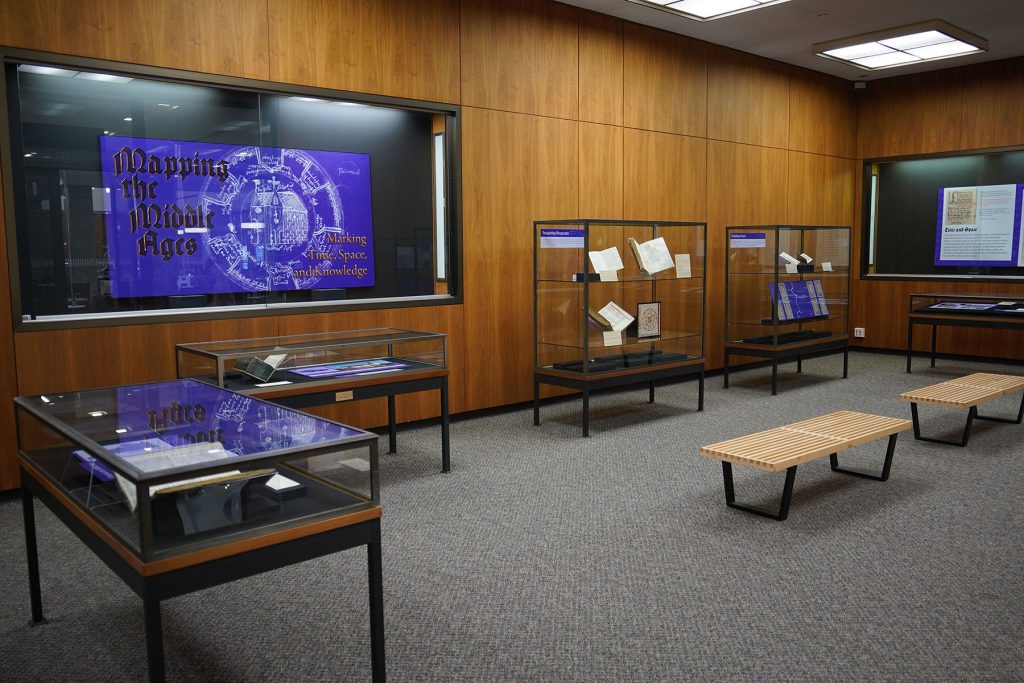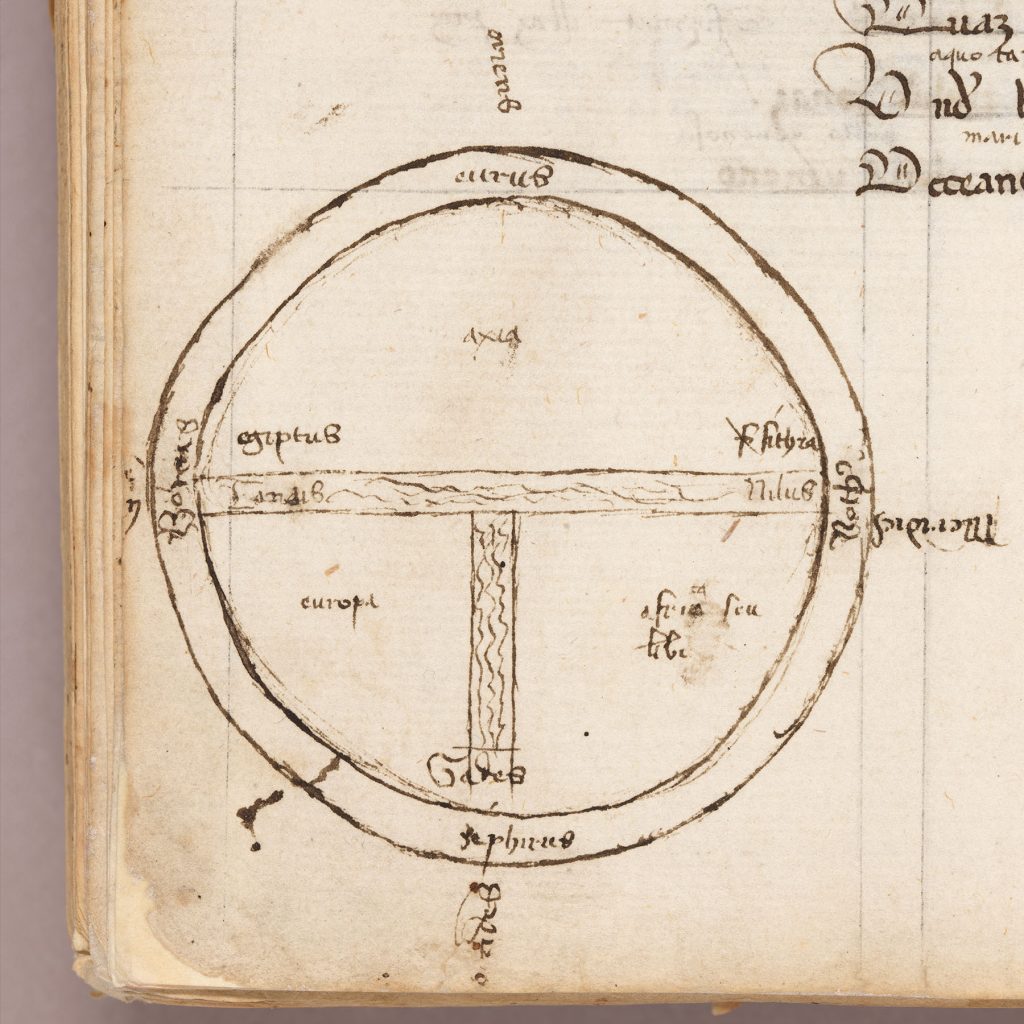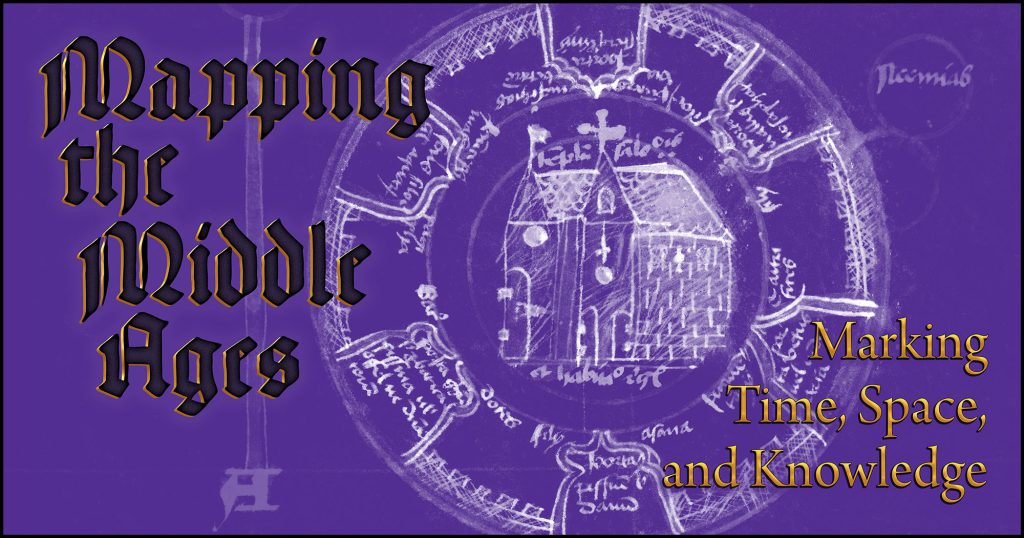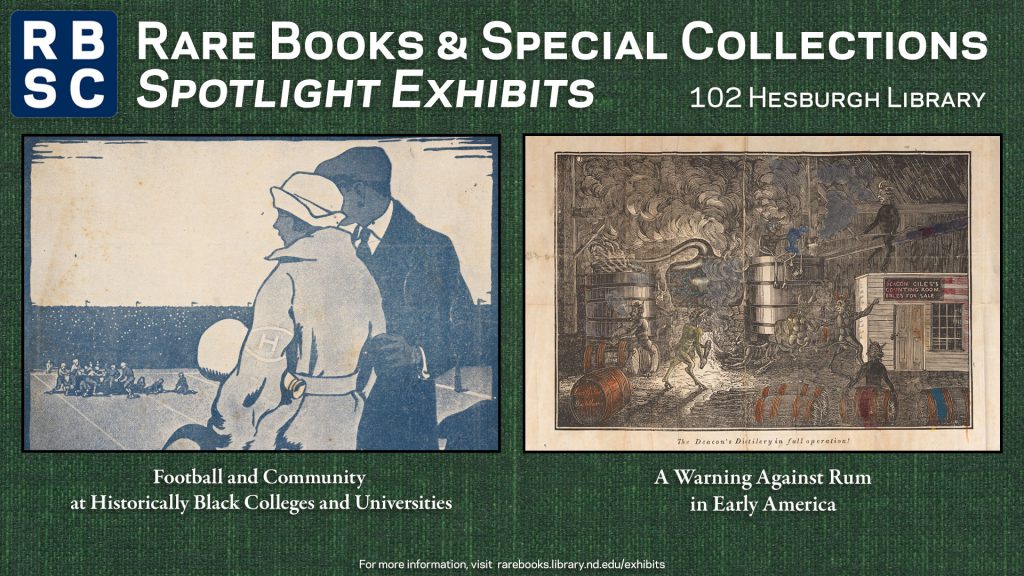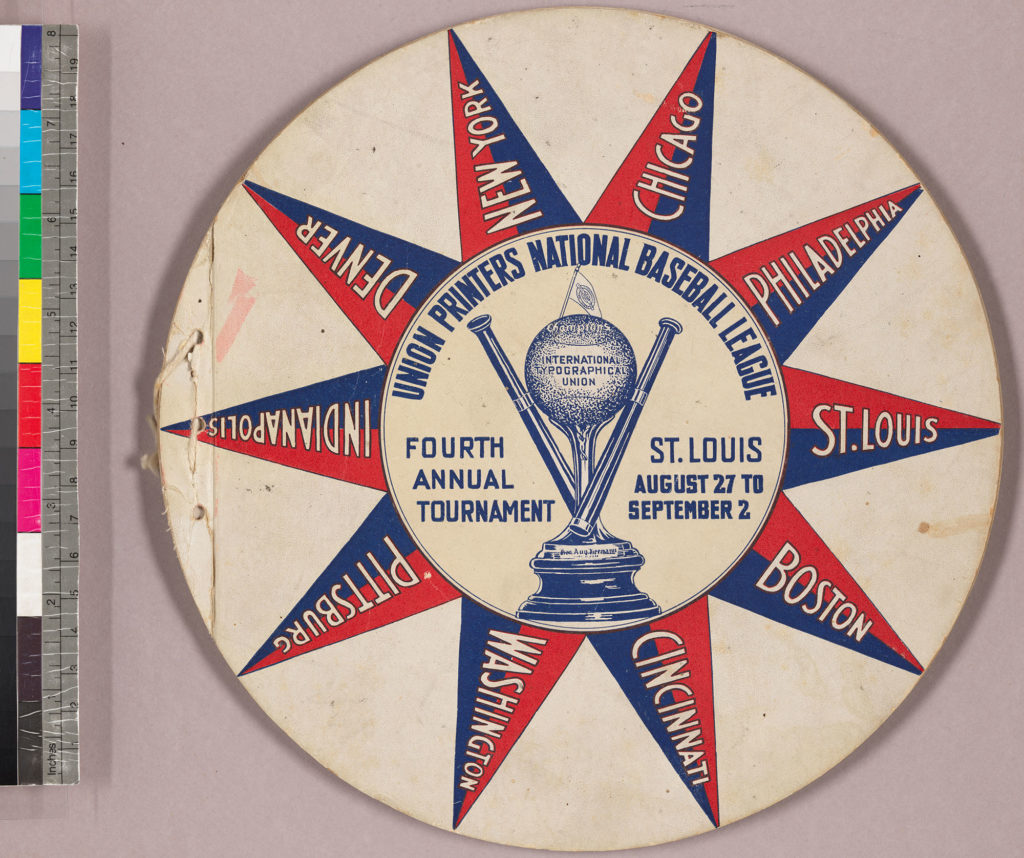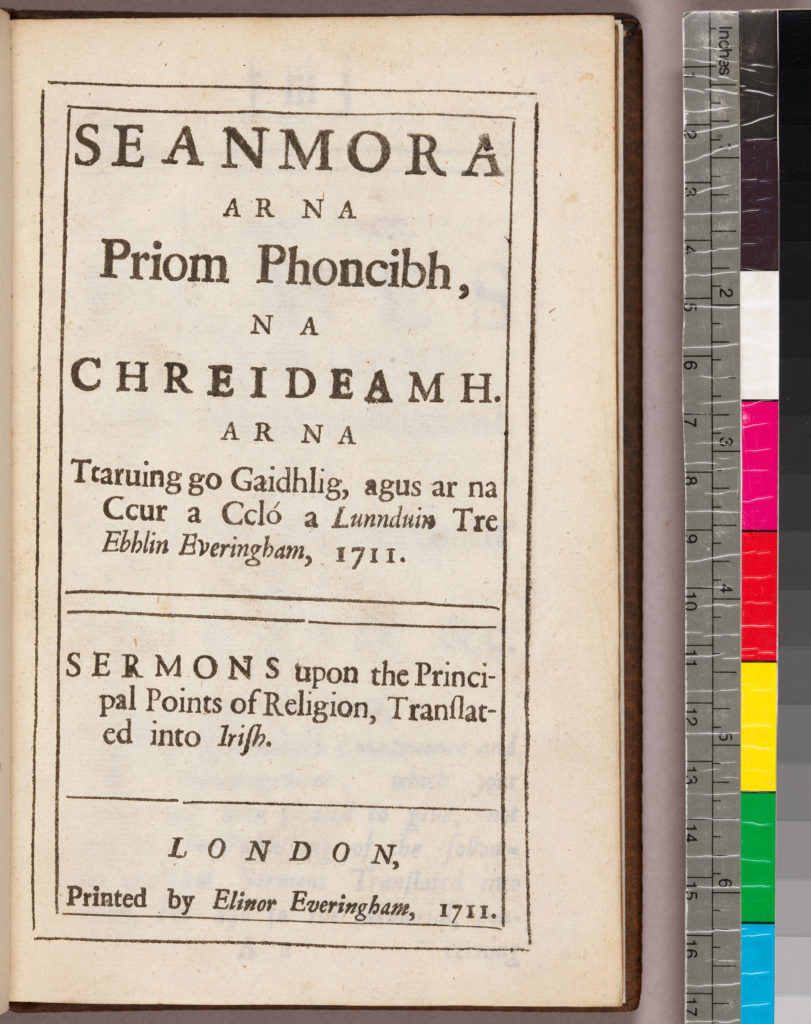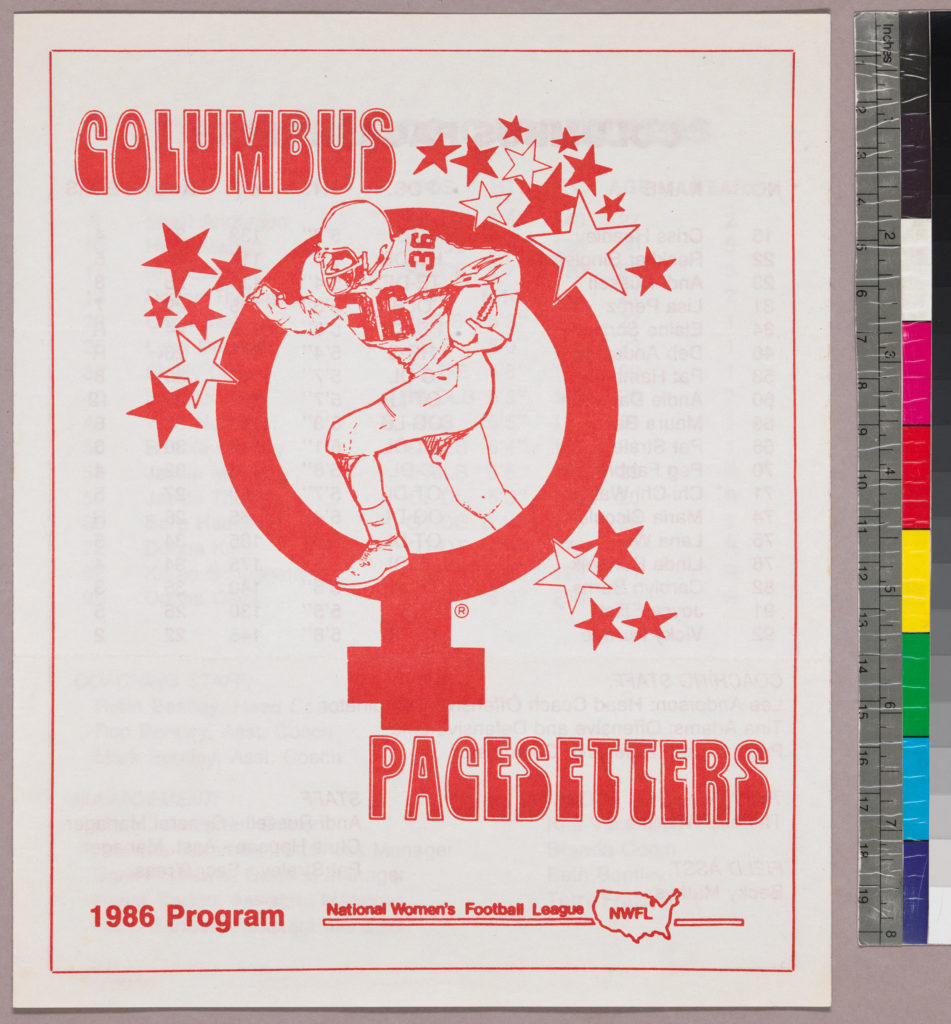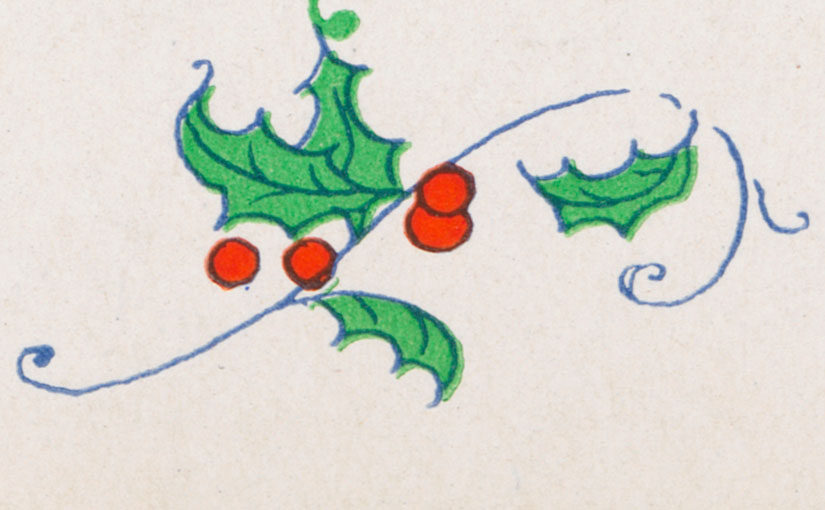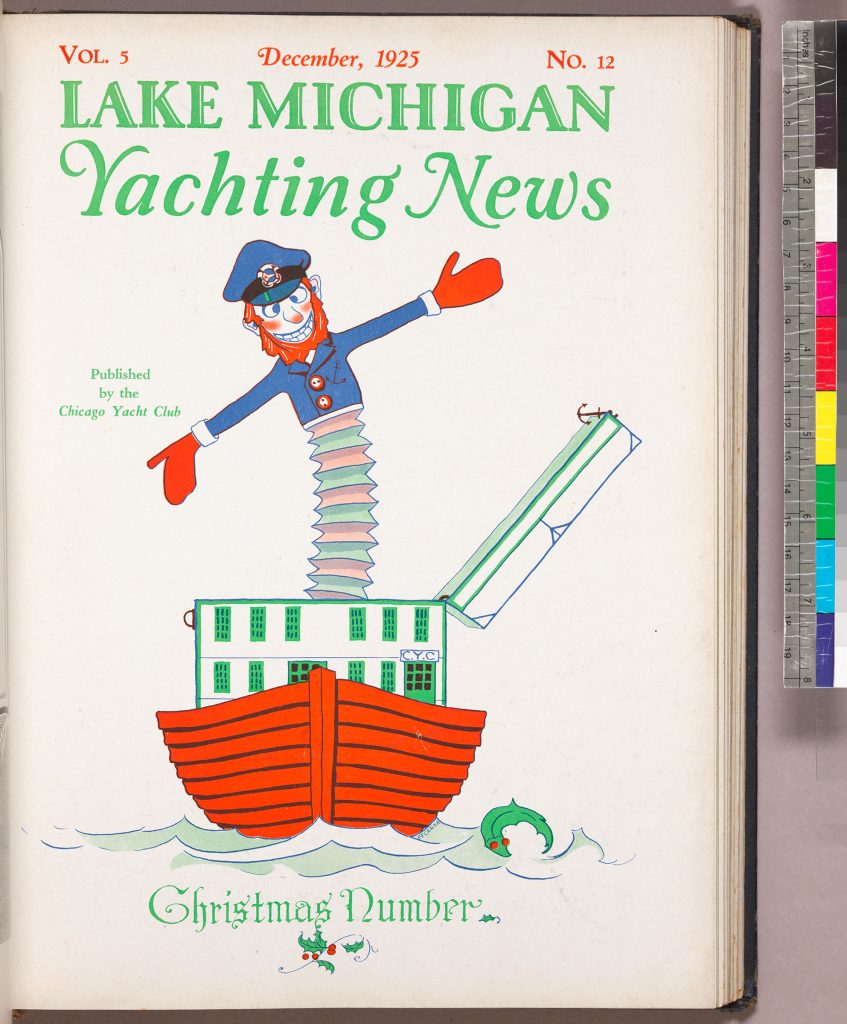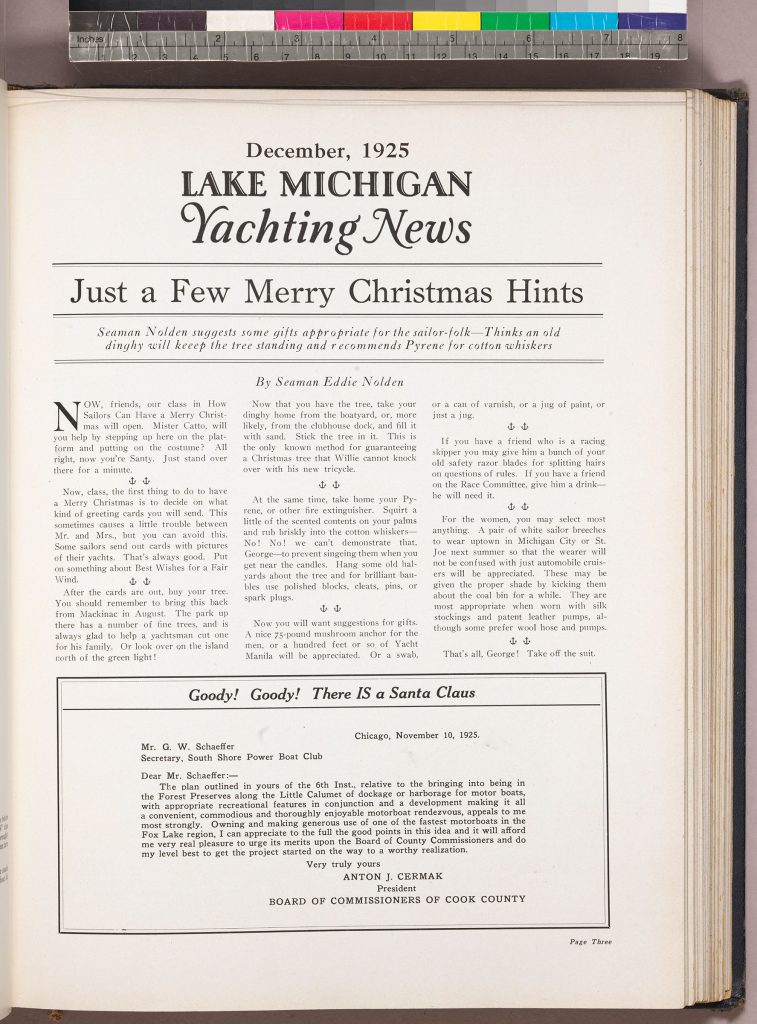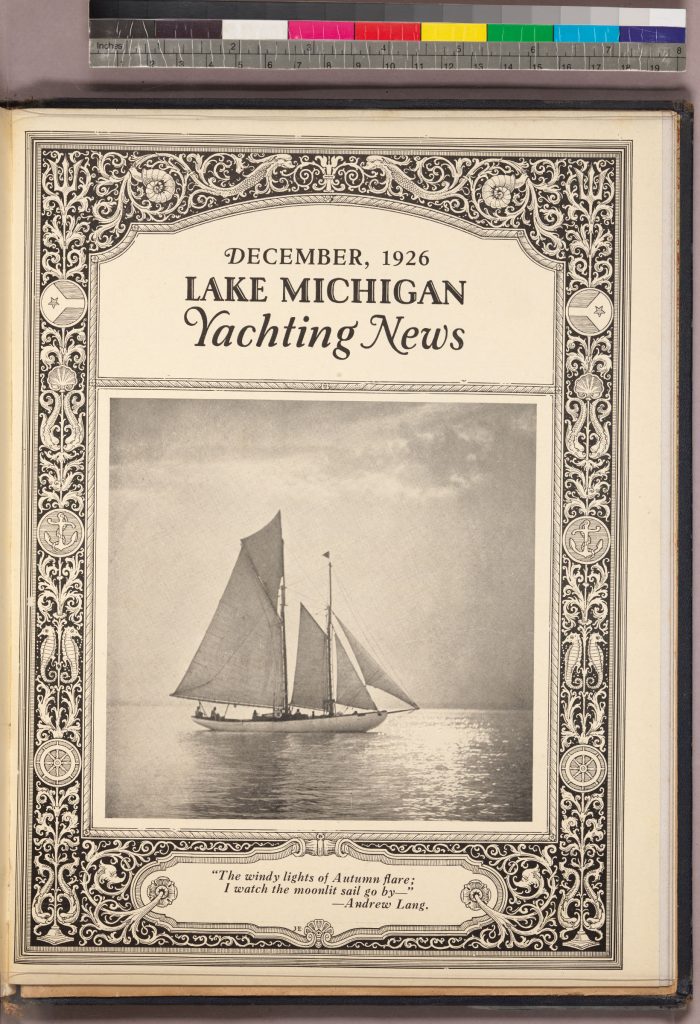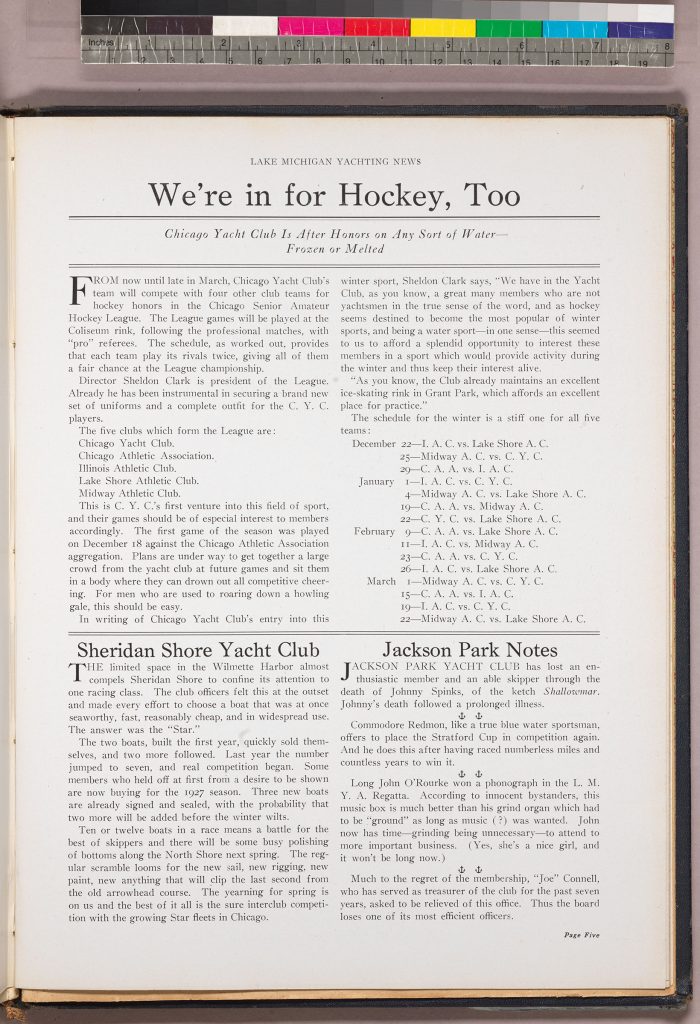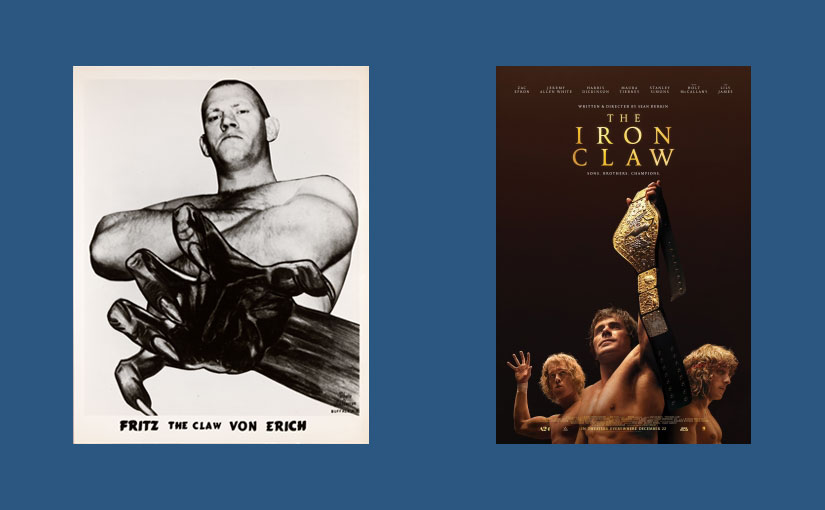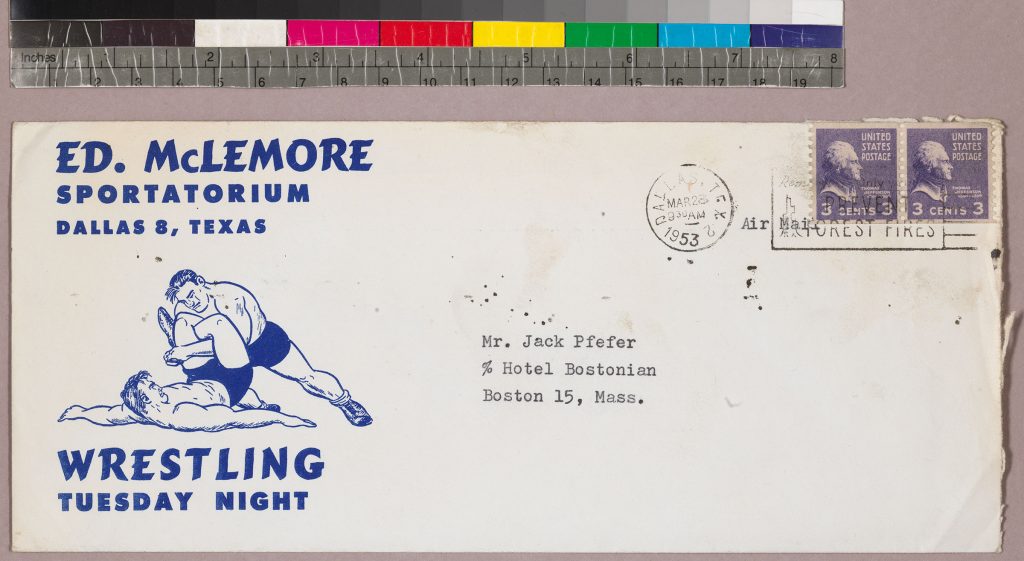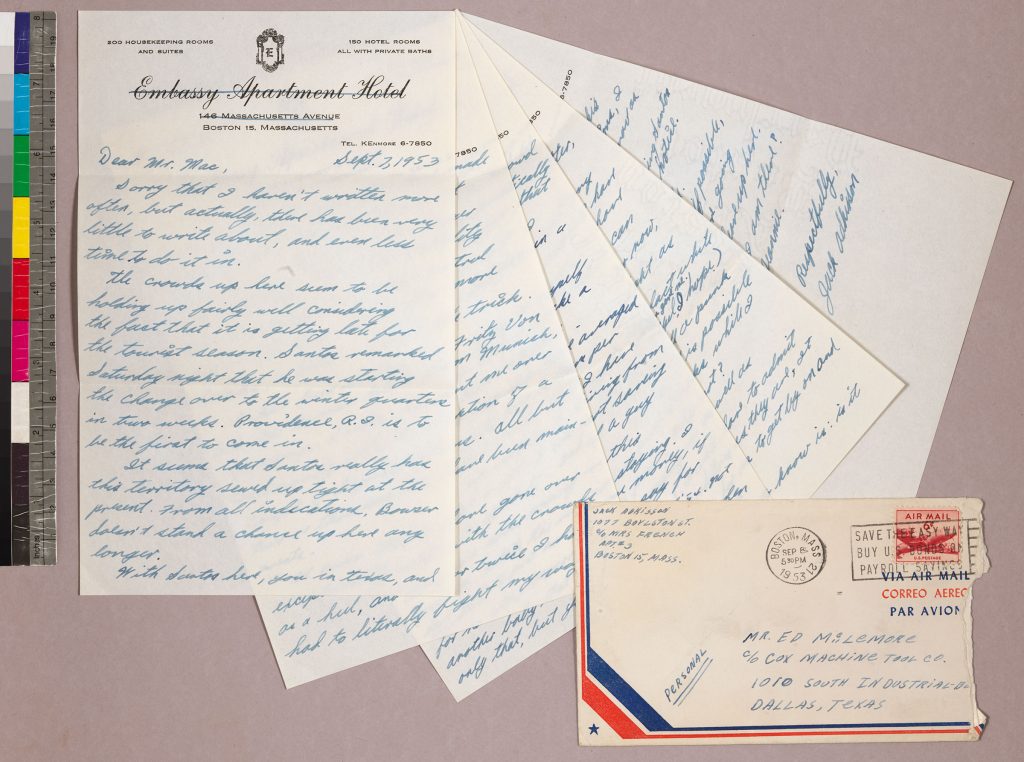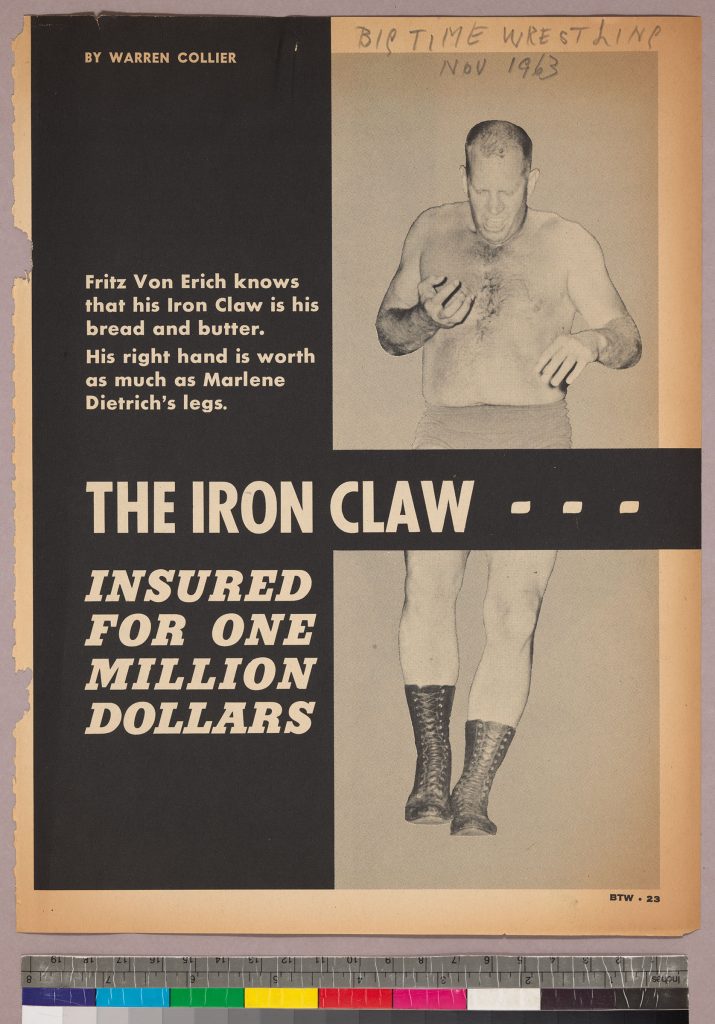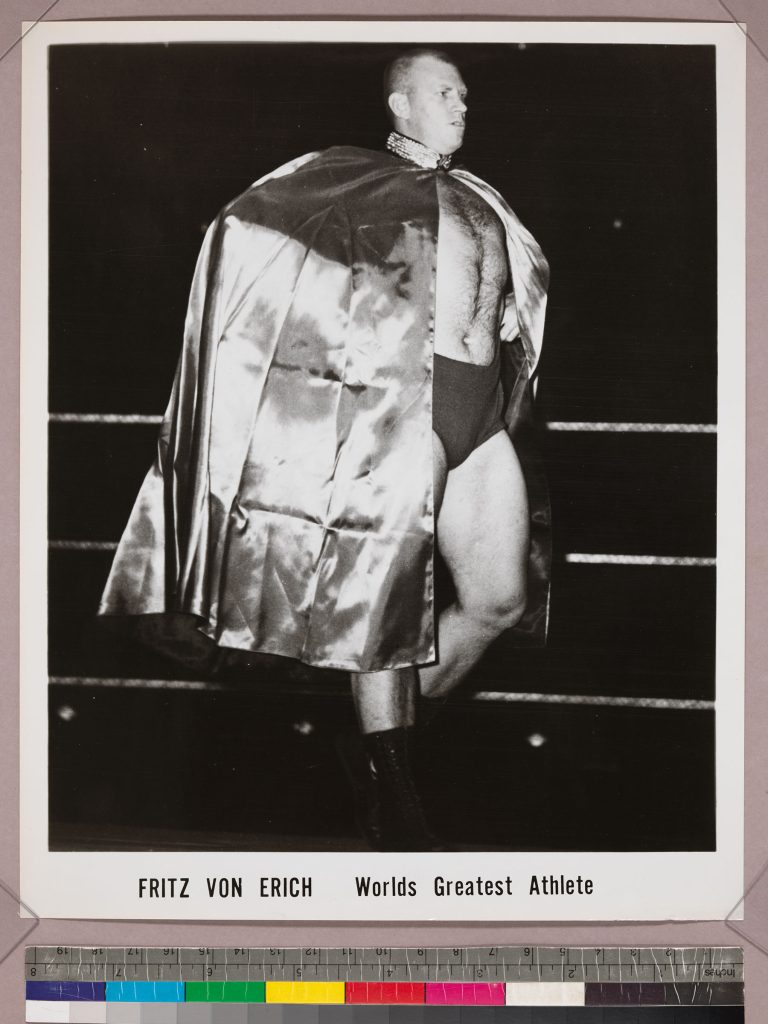by Greg Bond, Sports Archivist and Curator, Joyce Sports Research Collection
“Girls Really Play Baseball.” So reported the cover of the Official National Girls Baseball League Magazine in August 1950, beneath a picture of power-hitting infielder Freda Savona. The National Girls Baseball League (NGBL), a Chicago-based rival of the better-known All-American Girls Professional Baseball League (AAGPBL), took the field from 1944 to 1954 and provided high-level athletic opportunities for women. The Joyce Sports Collection recently acquired a collection of printed material and ephemera documenting the NGBL. The opening week of the Major League Baseball season seems an appropriate time to revisit the National Girls Baseball League Collection (MSSP 10071).
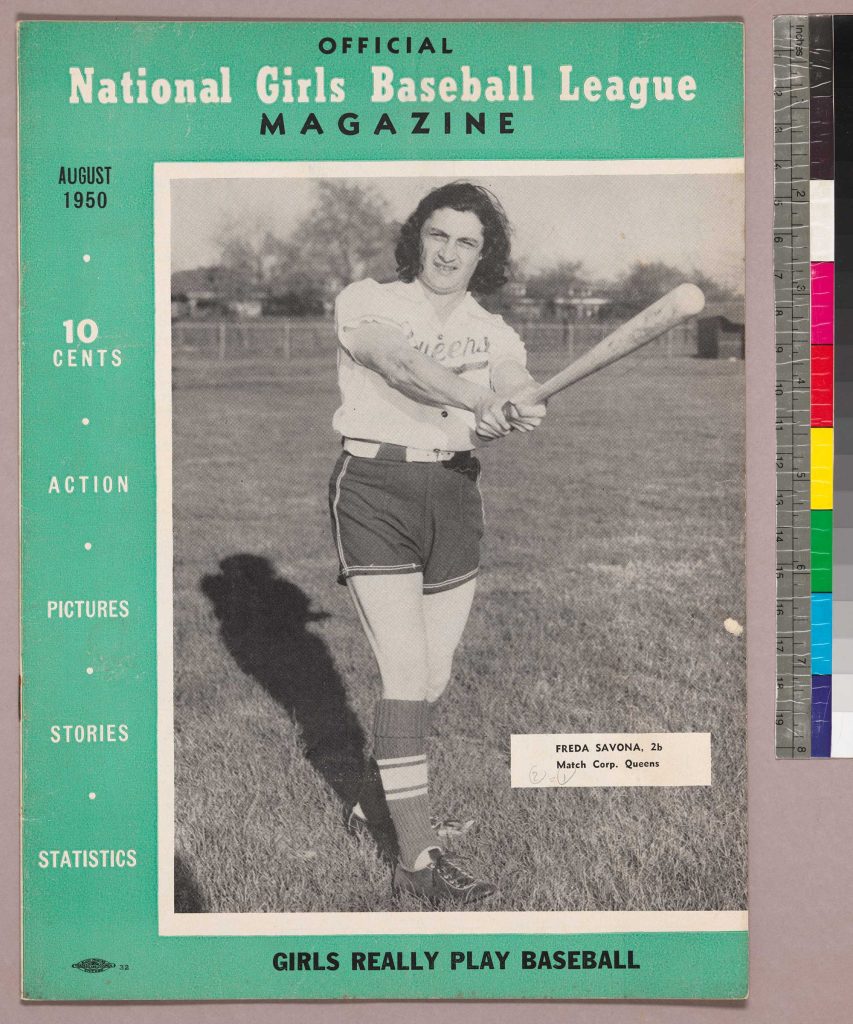
The National Girls Baseball League has faded into obscurity since its heyday, while the AAGPBL has been popularized by the movie and the Amazon streaming show A League of Their Own. But, at the time, the two women’s leagues were fierce and sometimes bitter rivals, routinely competing for players and fans. Founded by Charles Bidwell, owner of the National Football League’s Chicago Cardinals, and Emery Parichy, a local businessman, the NGBL dominated the lucrative Chicago market and attracted some of the best women athletes in the country. The NGBL emphasized the athletic ability of league players, and as the August 1950 official league magazine explained:
When one thinks of girls baseball they also think of a “powder puff” setup in which the feminine athletes do everything with a sort of “weaker sex” idea—that the ladies wielding bats couldn’t knock your hat off.
Nothing is farther from the truth, and, if you don’t happen to be a regular patron of National Girls Baseball League games, a trip to one of the parks will convince you that the ladies swing a bat, throw, and field pretty much like your favorite major league baseball player.
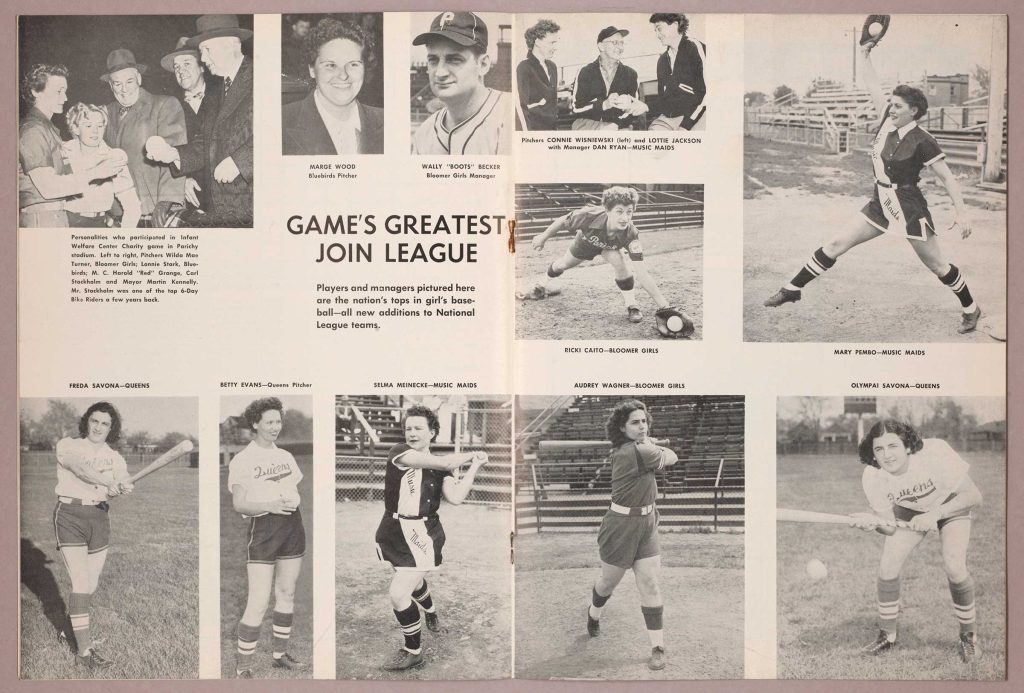
The league was popular in Chicago and often drew thousands of fans to games in the late 1940s and early 1950s. These pages below from the July 1949 issue of the official league magazine show league founder Emery Parichy in the crowded stands and also document a game visit by Chicago mayor Martin Kennelly. The magazine also featured a bold black-and-white advertisement for players, reading: “Wanted Girls From Any Part of the Country to Play in the National Girls Baseball League.”
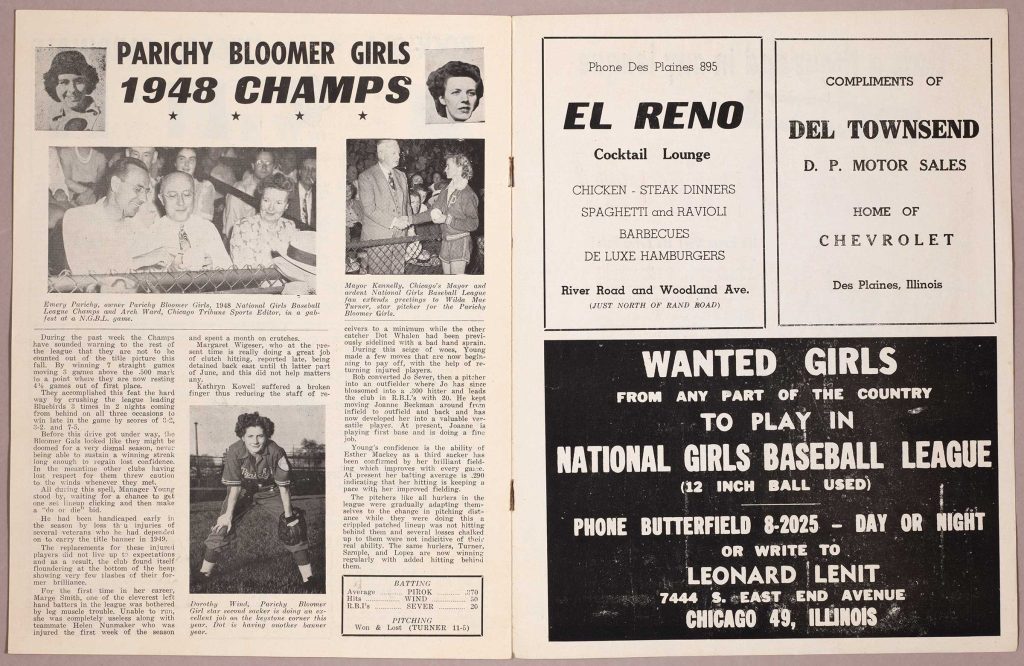
Parichy owned the Bloomer Girls, league champions in 1947 and 1948, and was a driving force of the league. The owner of a roofing and house remodeling business, Parichy had begun sponsoring women’s baseball and softball teams in the 1930s, and he built Parichy Memorial Stadium in Forest Park, which would eventually become the home of his NGBL Bloomer Girls. As seen in this advertisement from the outside back cover of the July 1953 official league magazine, Parichy used the Bloomer Girls to help promote his roofing business.
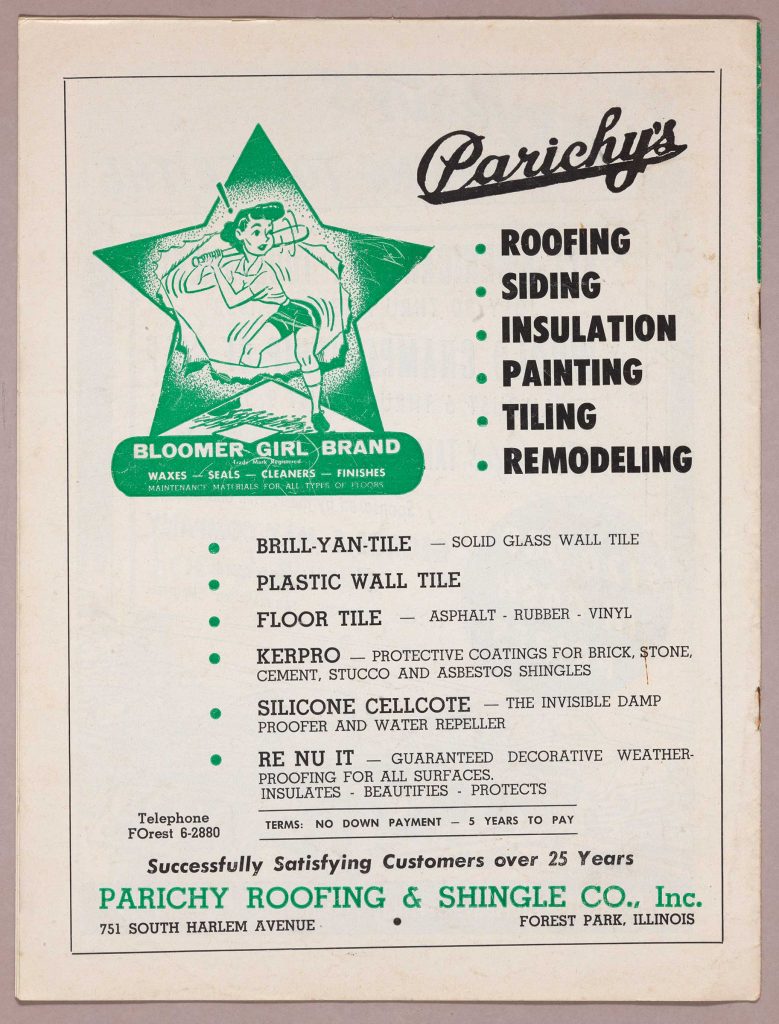
Although players frequently jumped back and forth between the two leagues (as documented in this previous blog post about RBSC’s AAGPBL collection), there were some important distinctions between the the two leagues. The National Girls Baseball League only fielded teams in the Chicagoland area, while the All-American Girls Professional Baseball League placed teams in cities and towns across the midwest. The AAGPBL adopted overhand pitching in 1948, while the NGBL only allowed underhand pitching throughout its existence. The NGBL allowed players to wear shorts while on the diamond—as seen in this collection of promotional glossy postcards sold by the league—while AAGPBL uniforms always included skirts.
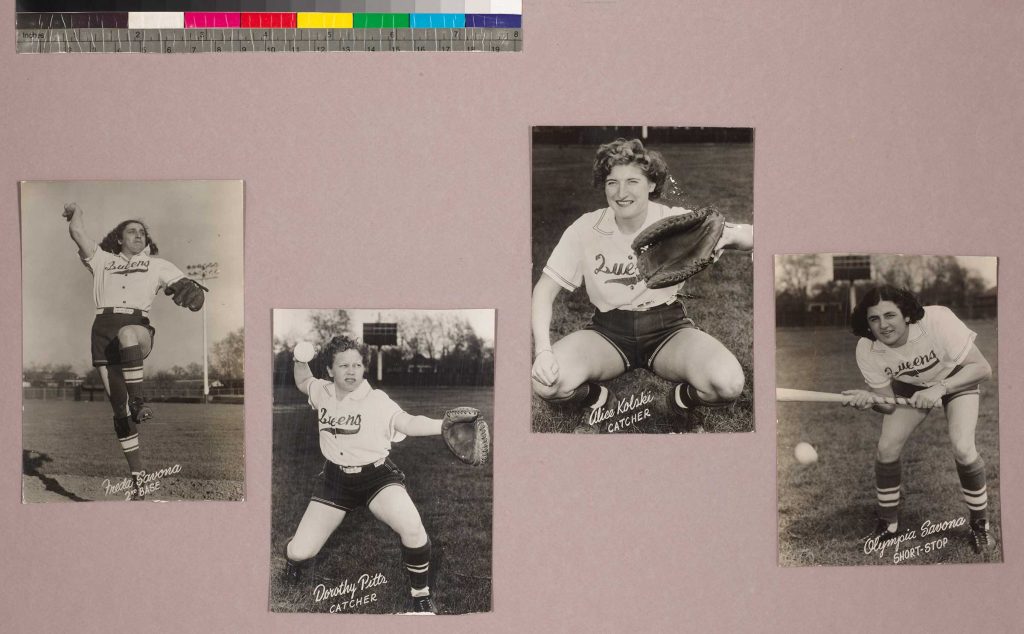
The NGBL also sanctioned a marginally more diverse cast of players than its rival league. Although AAGPBL rosters included several Latina players over the years, the rest of the players in the league were white. The ranks of the National Girls Baseball League also featured Latina players like Helene Machado and Lillian Lopez. The AAGPBL famously never signed any African American players during its 12 years of existence, but in 1951 African American outfielder Betty Chapman played with the Music Maids of the NGBL. In addition, during the early years of the National Girls Baseball League, one of the best pitchers was Chinese American Gwen Wong. And, in 1953, Japanese American shortstop Nancy Ito starred for the Wilson-Jones Bloomer Girls and made the NGBL all-star team.
The National Girls Baseball League Collection contains printed material—including a nearly complete run of the Official NGBL Magazine from June 1949 through September 1953—ephemera such as postcards and team newsletters, and realia, including a signed official NGBL baseball. The Joyce Sports Collection hopes to better document the history of the NGBL League and seeks donations of material related to the National Girls Baseball League and its players.
As the Major League Baseball season kicks off this year, let’s remember the boys and the girls of summer!
